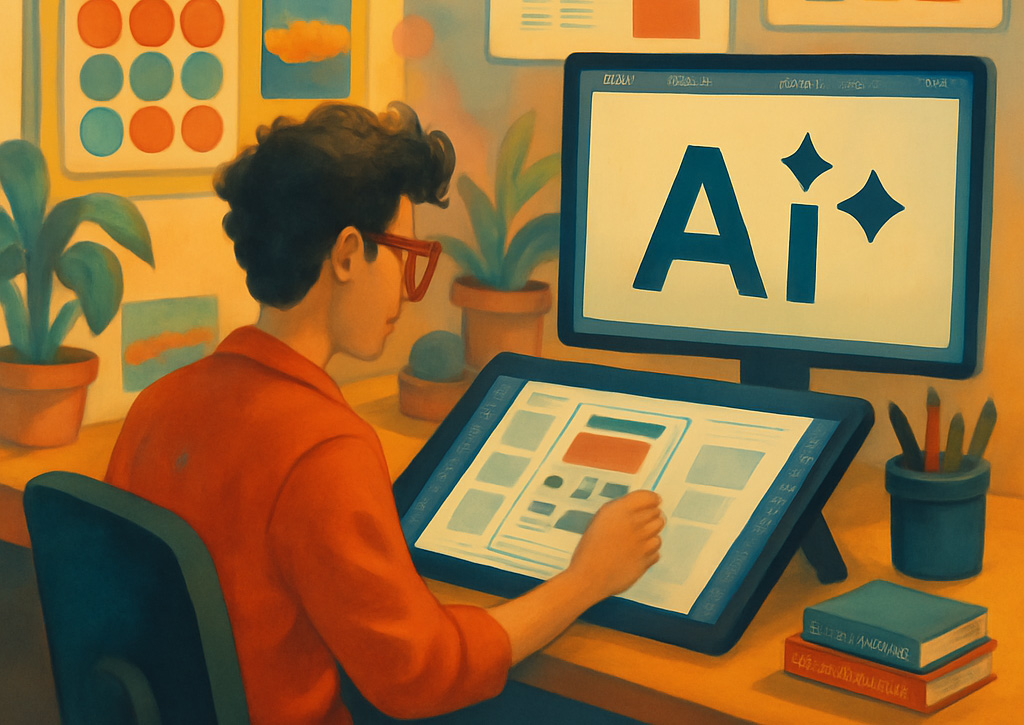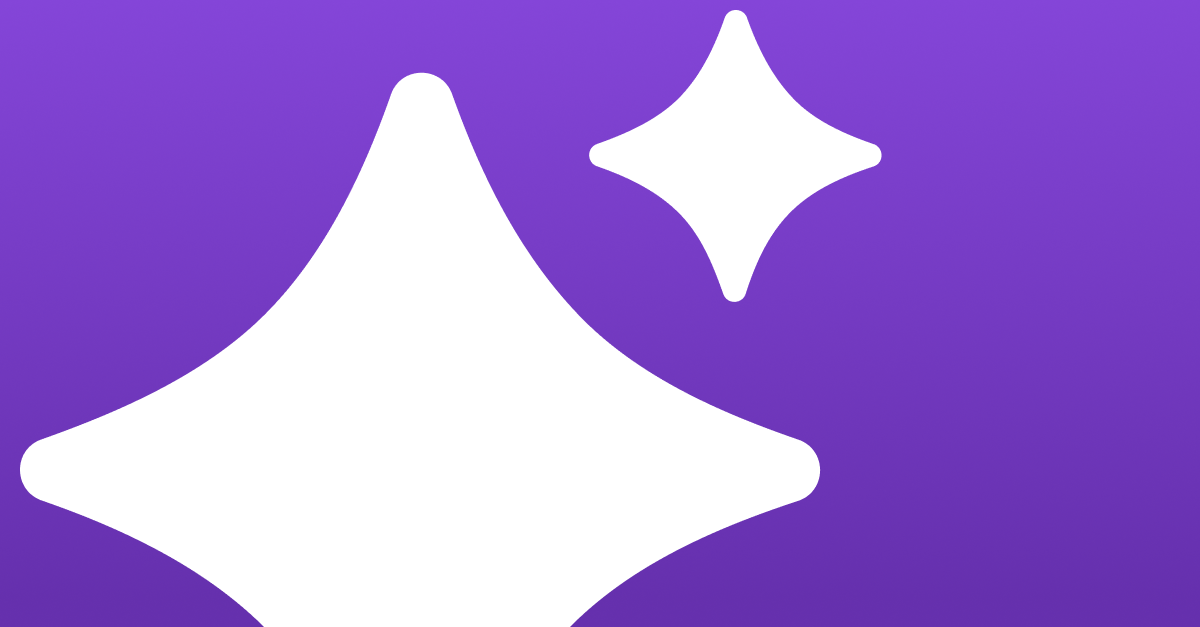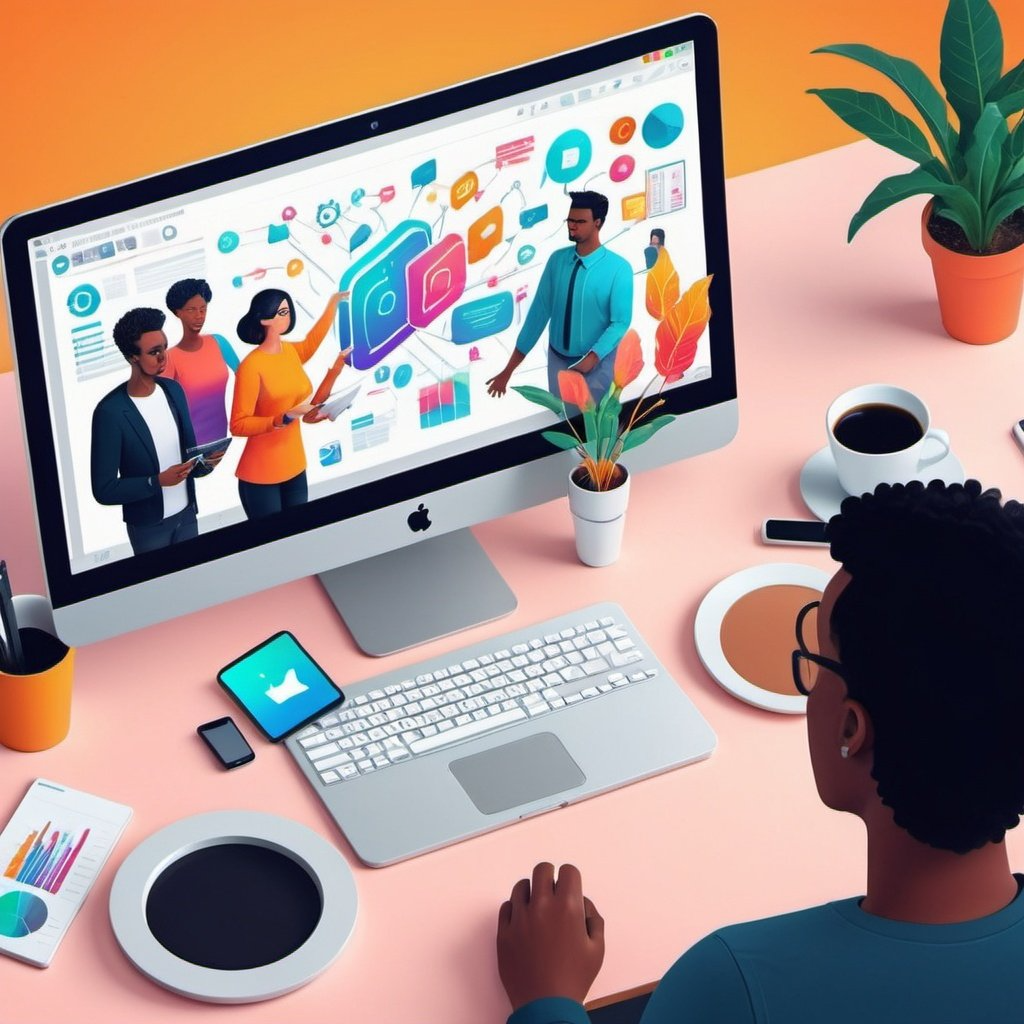As the world adapts to a new era of work, virtual collaboration emerges as a catalyst for creativity. It offers artists and creatives unparalleled opportunities for expression.
Freedom to Create Anywhere, Anytime
Virtual collaboration liberates artists from geographical constraints. It empowers them to create from anywhere in the world. With platforms like Zoom conferencing, creatives can connect with collaborators, share ideas, and draw inspiration without boundaries.
Individual Brilliance Unleashed:
Virtual collaboration platforms liberate artists from the confines of traditional group settings. They allow them to unleash their creativity. Freed from interruptions, artists can explore their unique visions and experiment with new mediums without compromise.
Breaking Down Collaboration Barriers
Zoom conferencing dissolves geographical barriers. It enables collaboration between artists worldwide. Through virtual spaces, creatives engage in real-time brainstorming, exchange feedback, and co-create works that transcend borders.
Amplifying Creative Output
In the virtual realm, artists are unrestricted by physical mediums. With Zoom conferencing, they seamlessly transition between digital canvases. They experiment with multimedia formats and push the boundaries of artistic innovation.
Nurturing Creative Communities
Virtual collaboration platforms serve as hubs for vibrant creative communities. Through virtual meetups and workshops, artists forge connections, share resources, and find support on their artistic journey.
Embracing the Future of Creativity
Virtual collaboration is revolutionizing the creative landscape. It offers limitless possibilities for artistic expression. As artists embrace this new era, they embark on a journey of exploration, innovation, and growth with virtual collaboration as their guiding light.
Creating an awesome user experience is super important. And it’s even easier when you have the right tools! Whether you’re doing research, testing user interactions, or making wireframes and prototypes, having the appropriate tools can make your work easier and more effective.
That’s why I’m excited to share with you this ultimate guide to the top UX design tools for every stage of product development. With these tools, you’ll be able to create designs that captivate and delight users at every step.
1. Research – Data Gathering, Processing and Empathy Phase
- ChatGPT
Want to gather user feedback through conversational interfaces? ChatGPT can help you with that! Engage users in dialogue to understand their pain points, preferences, and expectations. - Google Analytics and Adsense
Analyze user behavior, traffic sources, and demographics to gain insights into user interactions with your digital products. Use Adsense to understand ad performance and optimize placements. - Hotjar
Provides invaluable insights into how users navigate and interact with your website or application using heatmaps, session recordings, and surveys. - Pageflows
Allow for collaborative creation and iteration of user flows.
2. Design – Make Phase
- Relume
Utilize AI technology to automatically create sitemaps and wireframes. - Figma & Figjam
Collaboratively design and iterate on user interfaces with Figma’s robust design tools. Use Figjam for brainstorming, wireframing, and collaborative ideation sessions with team members. - Visual Studio
Utilize its rich set of tools for coding, debugging, and prototyping UI elements.
3. Testing – Check Phase
- Omniconvert
Conduct A/B testing, multivariate testing, and personalization campaigns with Omniconvert’s powerful tools. - Maze
Maze enables you to create and launch tests quickly, collect actionable insights, and iterate on designs based on user feedback.







